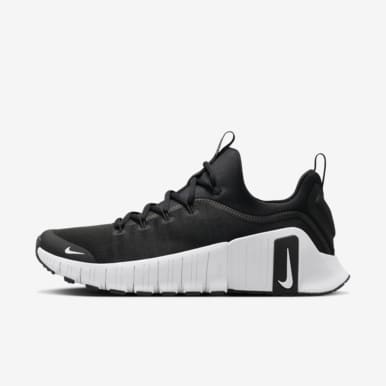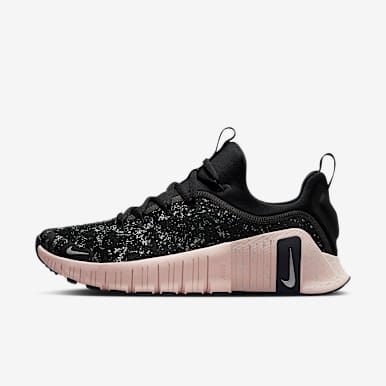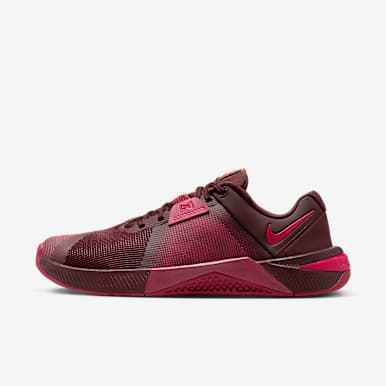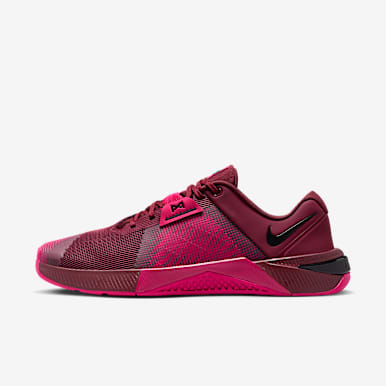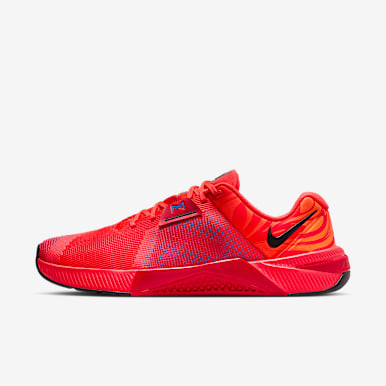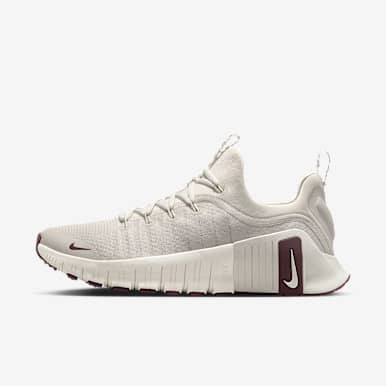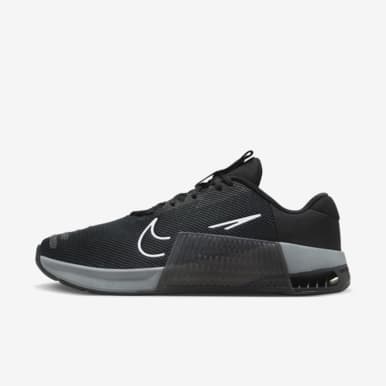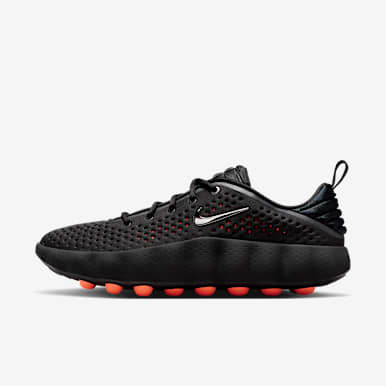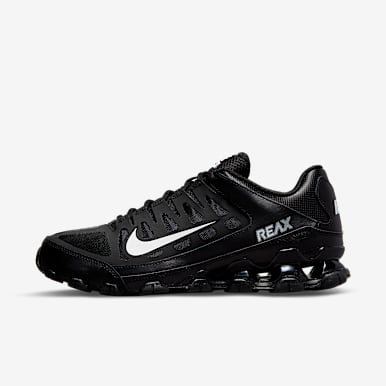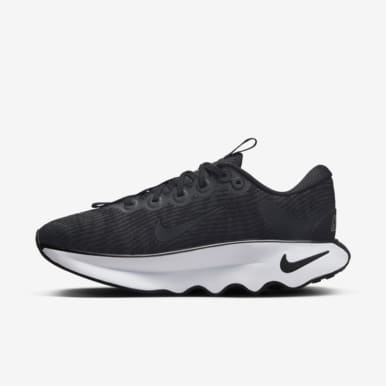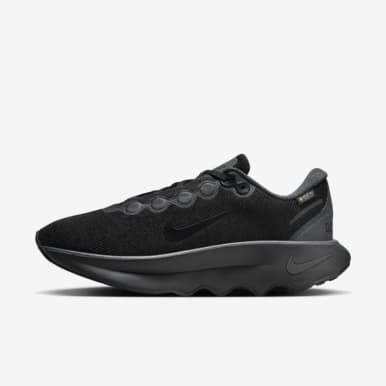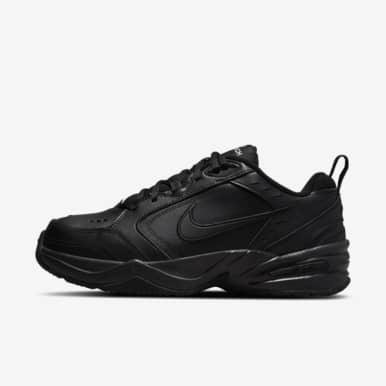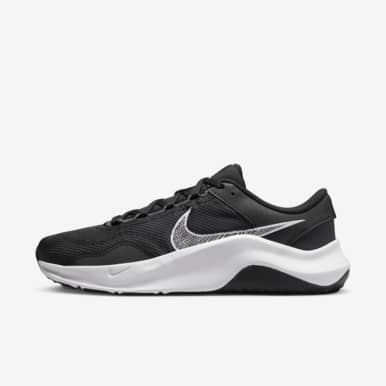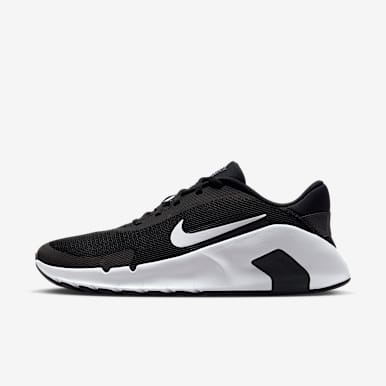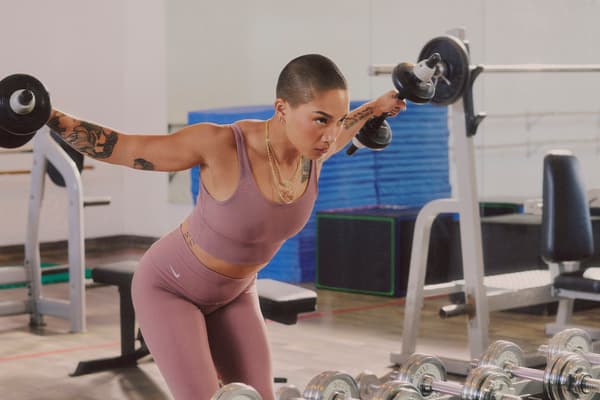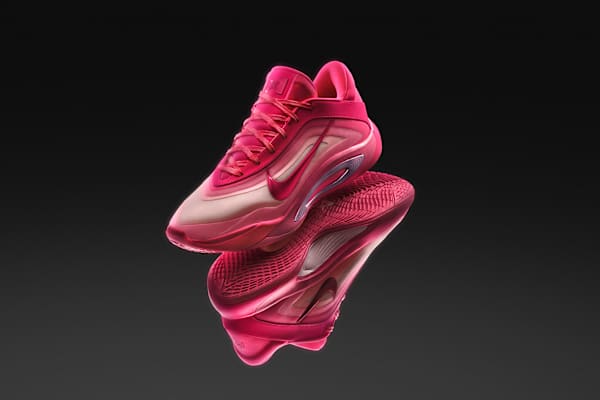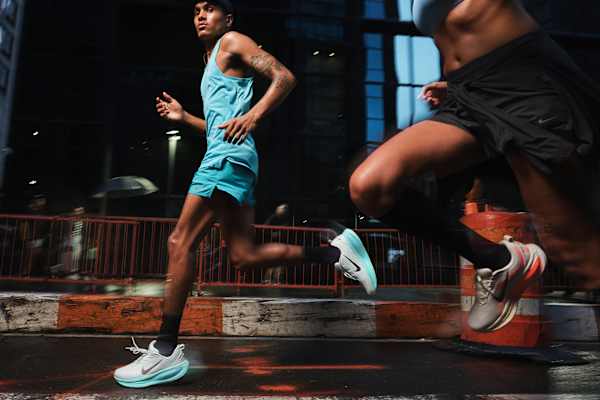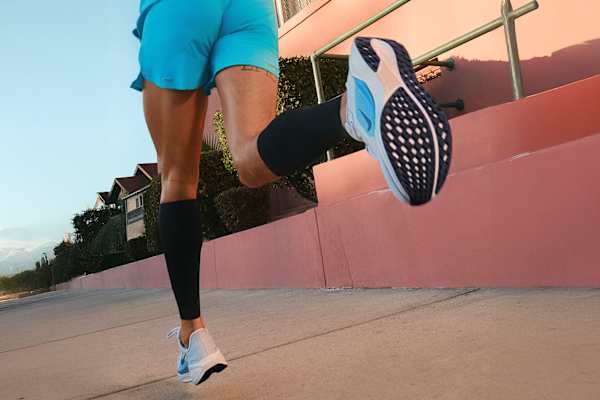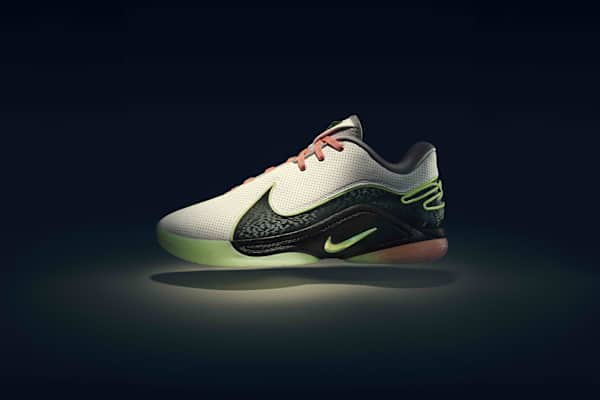The Best Nike Shoes for Deadlifts
Buying Guide
For deadlifts, not just any shoe will do — maximize your performance and keep your feet feeling good with these recommendations.
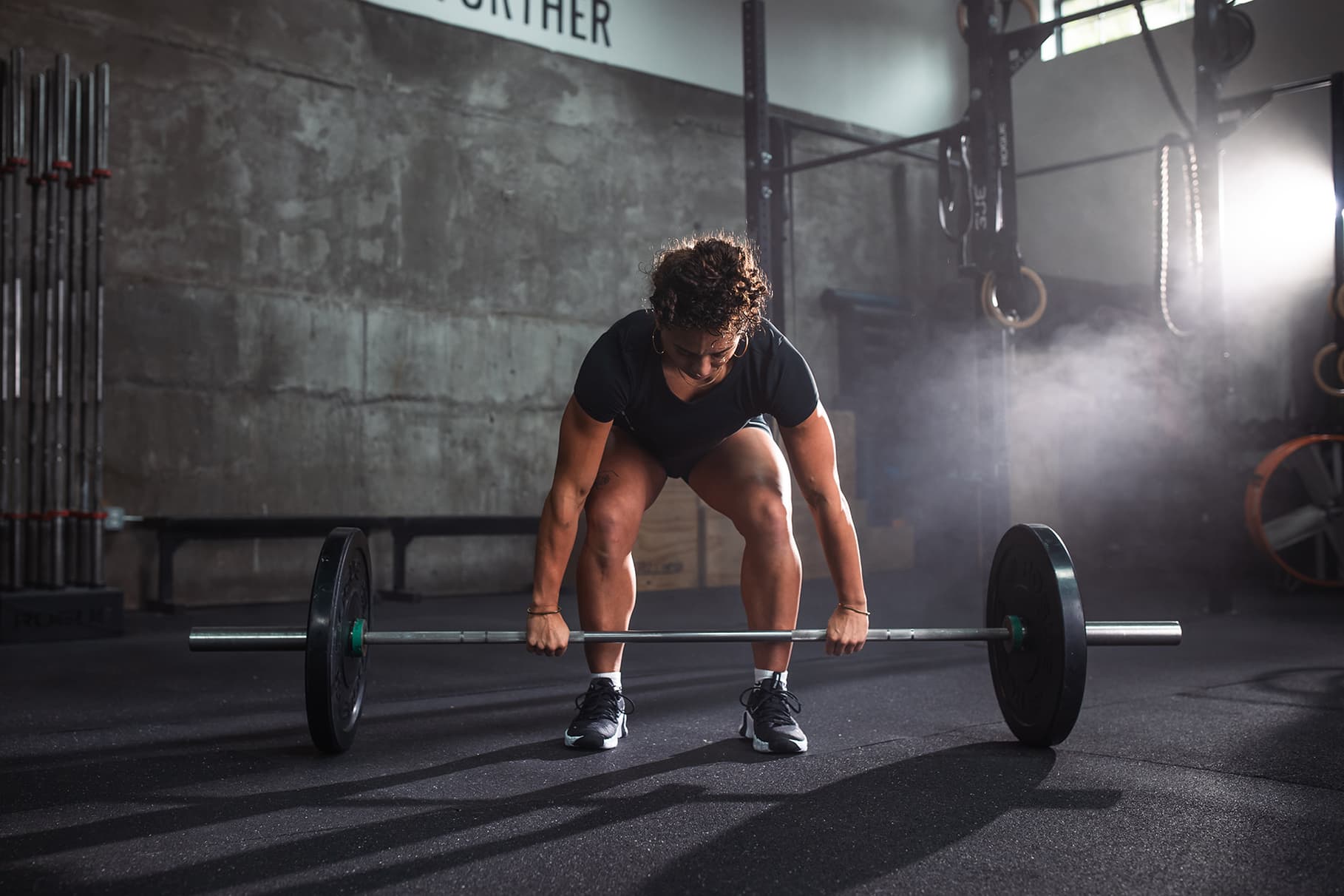
If you’re a regular at the gym, you’ve probably hit the weights at some point during your workouts. Some weight lifting exercises, such as the deadlift, are excellent for targeting multiple areas of the body.
Did you know that the type of shoe you wear when deadlifting makes a difference in your performance? To discover which shoes are best for deadlifts, you’ve come to the right place.
Are Shoes Even Necessary?
First, let’s answer one burning question: Are shoes necessary? After all, some people perform deadlifts barefoot. Nick Manzoni, personal trainer at Limitless Health and Fitness in Ridley, Pennsylvania, says, “Some people opt for barefoot deadlift if they feel their shoes don’t give enough room to adequately plant the toes in a position to translate force from the floor, especially those who do sumo deadlifts.”
While going barefoot is okay for some, the best shoes for deadlifts will optimize your performance and help prevent injury. “Those who use shoes to deadlift sometimes need to have their feet rooted in place to ensure no slipping,” Manzoni says. “Good connection to the floor gives better force translation. Driving the hips out on ascent can potentially cause the feet to slide outwardly, but a good shoe sole will remedy that.”
The Best Shoes for Deadlifts
Because your shoes can impact how you target the muscles in the lower body when doing a deadlift, it’s important to wear the right pair. This will help avoid injury and provide benefits when it comes to coordination, balance, mobility and stability. The best shoes for deadlifts feature:
- Thicker soles and higher heel heights for experienced deadlifters
- Flat base for beginners
- Adequate width to allow for extra room around the toes
Training shoes designed for lifting have a thicker sole and higher heel, enabling your torso to be in an upright position and allowing for more knee bend — important for deadlifts.
Wearing the wrong shoe can do more harm than good. When performing a deadlift, you must keep your toes spread out. Some shoes are too narrow, leaving your toe area without much breathing room. One example is shoes designed for squats. These shoes do not provide enough ankle support and could cause injury.
“Wearing squat shoes with an elevated heel will be more detrimental due to the inability to drive enough through the midfoot to avoid being pitched forward,” Manzoni says. “A good deadlift of any variety requires balance, and being pitched forward from the floor will cause more energy loss pulling back to neutral.”
With this in mind, let’s take a look at the best Nike shoes for deadlifts.
Shoes for Powerlifting
Competitive powerlifters need a shoe that will optimize their performance. Look no further than the Metcon 9 and its sister shoe, the Metcon 9 Premium, for the ultimate powerlifting shoe. The gold standard for lifting and worn by some of the world’s greatest athletes, the Metcon 9 comes complete with a larger Hyperlift plate, helping you feel grounded. Another highlight is the flexible, durable support in the toe area, keeping the area feeling roomy.
Shoes Emphasizing Stability
Stability is a key factor in the design of deadlifting shoes, necessary whether you’re a beginner or a competitor. The flat, wide sole of the men’s Air Max Alpha Trainer 5 helps keep you grounded, and its enhanced rubber tread pattern provides exceptional stability and traction. The women’s Air Max Bella TR 5 combines the soft cushioning of the Air Max with a foam midsole along with a stabilizing, flat base to keep you grounded while you weight train. Likewise, the MC Trainer 2, available for both men and women, features an extra wide flat sole to help keep your feet in place.
Finally, the larger Hyperlift plate of the men’s Metcon 9 and the women’s Metcon 9 Premium provides greater stability for deadlifts. An EasyOn version is available for both men and women.
Shoes for Novice Deadlifters
If deadlifts have only recently become part of your training routine, you need an appropriate shoe. “A beginner needs to have a shoe that is roomy enough for their toes to freely adapt and be placed properly, a flat sole or zero drop heel, with decent sole grip, and as little material between their arch and the floor as possible,” Manzoni says.
The Air Max Bella TR 5 for women will help keep you stable while toning and sculpting. The design helps keep your feet supported and contained around the sides and top of your feet. The men’s Air Max Alpha Trainer 5 features Max Air cushioning for comfortable stability when lifting. The wide, flat base offers enhanced stability and grip for all kinds of tough workouts.
Deadlift Shoes for the Gym
What kind of shoe do you need when deadlifts are only part of your fitness regimen? If you’re a recreational deadlifter, you need a shoe that is well-suited for both deadlifts and other types of workouts. The MC Trainer 2 for men and women has you covered. The beauty of this shoe is its versatility; it can help you seamlessly shift from circuit training in the weight room to the field turf for fast-twitch conditioning. This multipurpose powerhouse offers stability and longevity, whether doing deadlifts, squats or sprints. With the MC Trainer 2, you can power through your workout without having to replace your footwear.
Frequently Asked Questions
Do shoes matter when deadlifting?
Yes. Wearing a shoe not specifically designed for deadlifts can impede your performance and cause injury. “The shoe will not make you a good deadlifter; that can only be achieved through repeated practice and experience with the movement, but the wrong shoe, however, could certainly hinder your growth and cause injury,” Daniel McDowell, Pennsylvania-based fitness enthusiast and trainer, says.
Which type of shoe is best for experienced deadlifters?
The best shoes for deadlifts have a thicker sole and higher elevation as well as extra room in the toe area.
Which type of shoe is best for beginners?
The best deadlift shoe for beginners has a sturdy, flat sole with room around the toes.
Is it okay to deadlift with squat shoes?
No. Shoes for squats do not provide enough ankle support, can cause your body to move forward and do not grip the floor the way the best shoes for deadlifts do. “Squat shoes have an elevated heel, and to maximize performance in a deadlift, you want to have your foot more flat and closer to the ground,” McDowell says.
Is it okay to deadlift in running shoes?
No. There is a reason running shoes are designed the way they are. “The cushioning in a running shoe is placed to help support the muscles needed for running,” McDowell says. “Similarly, shoes made for deadlifting are constructed in such a manner to help the lifter's performance.”
Are deadlift shoes appropriate for walking or running?
The best shoes for deadlifts can be worn for walking short distances or for running quick errands, but they should not be worn when walking long distances or for recreational walking or running. In those cases, walking and/or running shoes are best.
What is the price point of the best Nike deadlift shoes?
The shoes range in price from $80 to $160.
Are deadlift shoes as stylish as other training shoes?
Yes. Each shoe is available in a variety of colorways; the Metcon 9 comes in 18 different colorways, while the Netcon 9 Premium has 14 different colorways to choose from. The Air Max Bella TR 5 and the Air Max Alpha Trainer 5 both offer six colorway options. Lastly, the MC Trainer 2 for women and men is available in four different colorways. And if none of these suit your style, the Metcon 9 By You for men and women allows you to customize your shoe just how you’d like.
Words by Erica Brooke Gordon
